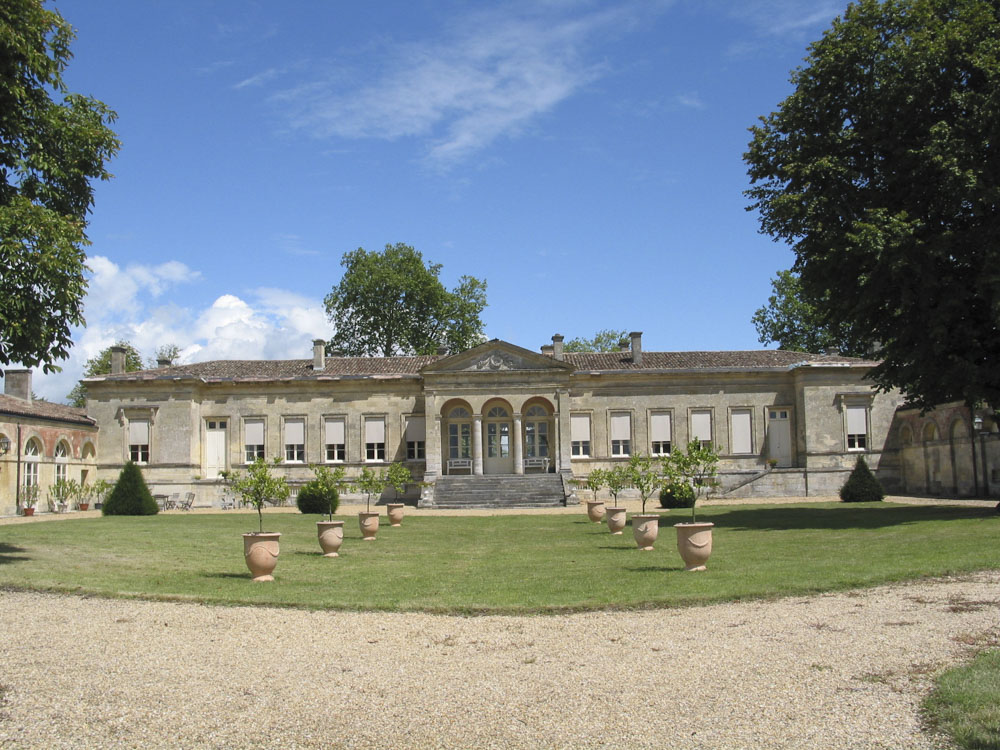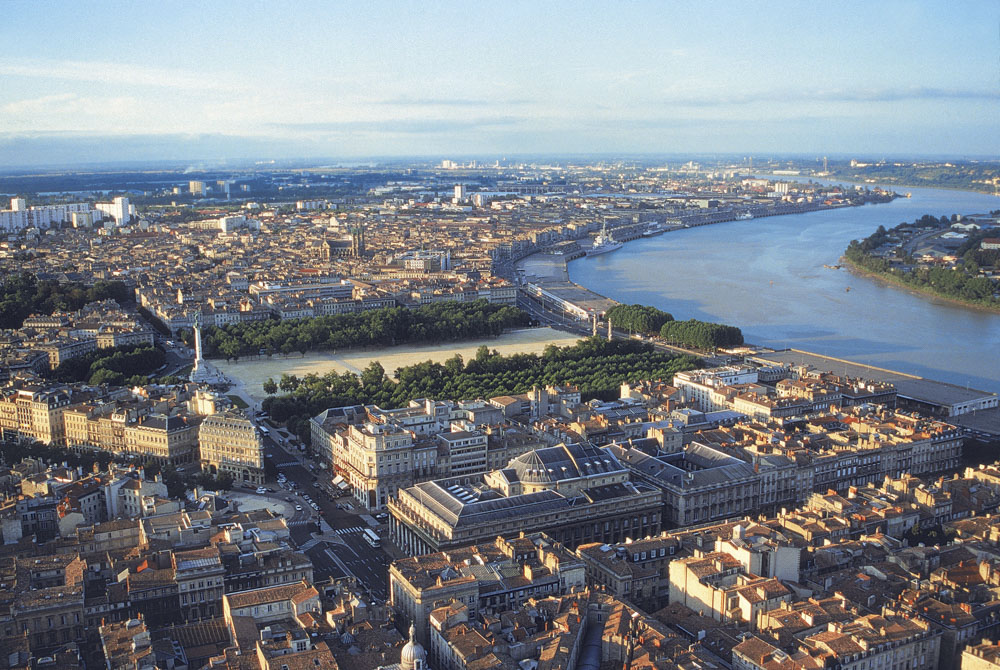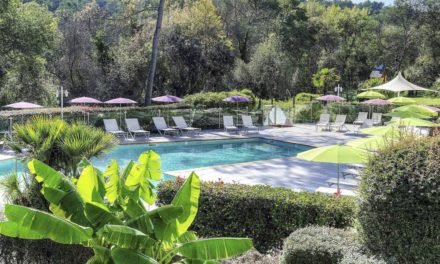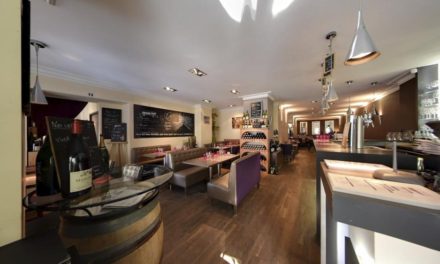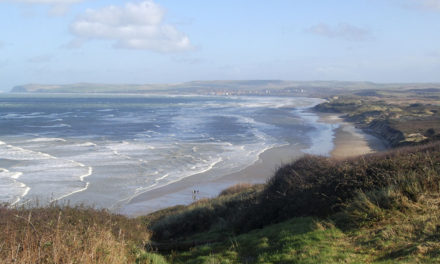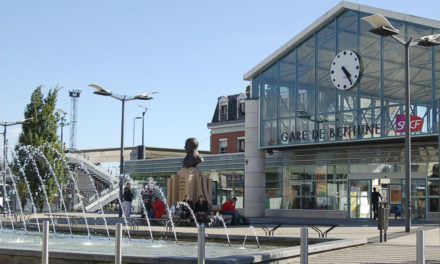Situated only 3 hours from Paris by TGV and with an international airport, Mérignac, a mere 15 minutes from the centre of the City, Bordeaux is well placed for communications and has the added bonus of being within easy reach of the Atlantic beaches, less than an hour’s drive from the heart of the city. A key landmark on the pilgrims’ route to Santiago de Compostela in Spain, the Cathedral of Saint André, the Saint Seurin Basilica and the Saint Michel Basilica were all declared UNESCO World Heritage Monuments in 1998.
Book a Hotel in Bordeaux
Restaurants
The centre of a region famed for its wines and gastronomic delights, it is no surprise to find a wealth of good restaurants and, lining the banks of the Garonne, open air cafés or ‘guinguettes’. Foie gras, confits, Bayonne ham, oysters from the nearby ‘Basin d’Arcachon’, Shad, Pibales (or baby eels) and Royans, (local sardines) are amongst local delicacies as well as a myriad of menus ‘à la Bordelaise’ including Entrecote and Lamprey. Small cafés abound in the squares and on Thursday evenings, the ‘troquets’ on the Place de la Victoire come alive when the university students take over. Culturally Bordeaux has had its share of famous writers and artists including Goya who lived out the last four years of his life there. Victor Hugo visited the city and likened its elegance to that of Versailles. The philosopher Montesquieu, the romantic poet François Mauriac and Michel de Montaigne, famous for his essays and as Mayor of the city, are other famous sons of Bordeaux.
Wine
The wines of Bordeaux are legendary, from Haut Brion to Margaux and others too numerous to list. For wine lovers, the Maison de Vin is not to be missed, whilst in July, Bordeaux hosts an exciting four day wine festival with over 12 hectares of exhibits. Details of the various tours to the surrounding chateaux and vineyards to taste and discover the incredible diversity of wines produced in the region can be obtained from the Office de Tourisme. The Vinorama de Bordeaux retraces the key moments of the history of the wine trade of Bordeaux from the Gallo Roman era through to the 19th century whilst the Musée des Chartrons charts the history of the wines, how they were grown, produced and aged in barrels and the history of how the wine traders came to Bordeaux. The Ecomusée de la Vigne et du Vin displays a collection of over 500 tools from the 18-19th centuries, housed in one of the last vigneron’s houses.
Grand Theatre
Architecturally Bordeaux has much to offer and as you approach the city from the Pont de Pierre built in 1822, the elegant buildings conceived by Gabriel, architect of Louis XV who sent him to Bordeaux in 1729, line the quays of this ancient port for over a kilometre. Created to ensure that visitors arriving in Bordeaux received a good first impression, they take their style from the architecture of the Place Royale. Besides many beautiful 18th century ‘hotels particuliers’, amongst the wealth of imposing buildings are the Grand Théâtre with its superb statuary and imposing colonnaded façade opening onto the Place de la Comédie, the Aquitaine Museum in the Place du Parlement and the Girondin monument with its striking fountain entitled ‘the Triumph of the Republic’. Also noteworthy are the Palais Rohan ( the town hall) and the ‘Esplanade des Quinconces’ and the ‘Grands Hommes’ where the Allées de Tourny leading to the ‘Jardin public’, meets the Cours Clemenceau and the Cours de l’Intendance which dates from the revolution.
Copyright text : Sarah Francis

